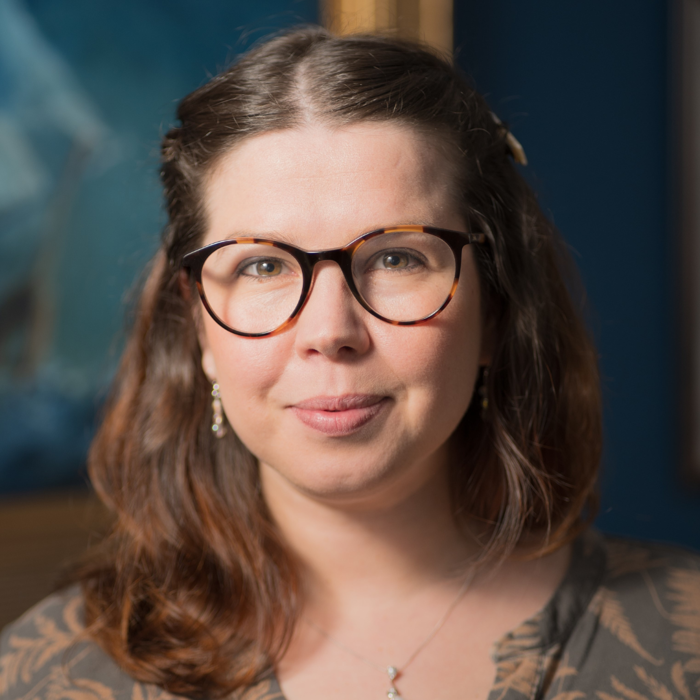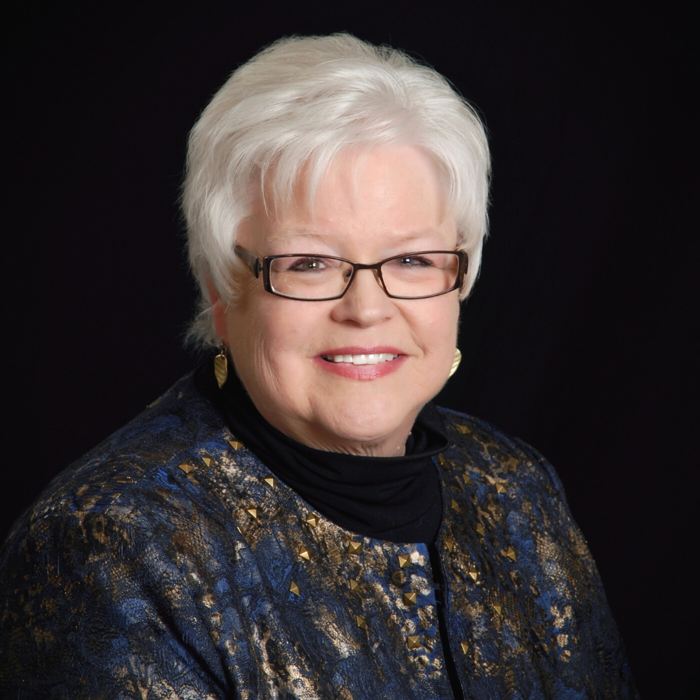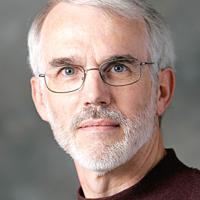The Case for Acoustic Registers, & Mapping and Motivating the Necessary Migrations of Sound and Sensation Across Range
Thursday 22nd July 2021, 5:00 PM - 7:00 PM (London Time)
Registers: Laryngeal or Acoustic?
It is clear that vocal fold mass, length, and tension must vary with pitch to accomplish with functional efficiency (ratio of input to output power) the wide pitch range singers need. This voice source process is termed laryngeal registration. While much attention and debate continue in regard to the specifics of laryngeal registration, it is well-established that there are two primary laryngeal vibrational modes—one that involves short, thick folds with a loose cover and includes muscle mass vibration, and one that involves long, thin, folds, a taut cover, and is primarily ligamentous vibration. “In the wild” these two modes typically present as rather binary options. A primary goal of training for many vocal genres is to reduce or eliminate this binarity and supplant it with a smooth, dynamic laryngeal registration across range.
The historic definition of a vocal register requires relatively homogenous timbral range segments produced by specific, discrete “mechanisms.” This was based on the assumption that the timbral shifts signaling a change of register were caused by changes in the voice source, indeed, that the “mechanism” of timbral change was exclusively laryngeal. This course will explain the timbral contributions and limitations of laryngeal input and compare them to those arising from the acoustic relationships between voice source inherent harmonics and the resonances of the vocal tract. It proposes that, although bio-mechanical changes of the voice source must occur for and are vital to range access, the timbral shifts that occur across range in a well-trained, smoothed (no longer binary) voice, are primarily to exclusively due to changing acoustic relationships between the source and the filter, and therefore constitute acoustic registers, rarely clearly discrete laryngeal registers.
Mapping and Motivating the Necessary Migrations of Sound and Sensation Across Range
We will briefly review the acoustic soundscape all singers, regardless of genre, inhabit, and present studio friendly techniques for exploring how best to tune the vocal tract for functionally efficient singing. We will draw on the deep level programming of humans for activating voice and the more recently identified auditory and somatosensory targets, detailing the migrations of vowel, timbre, vibrotactile and acoustic sensation we experience across range. Knowing, anticipating, allowing, and even facilitating these migrations greatly improves smooth, dynamic laryngeal registration across range.
Use of Intention, Affect and the Chiaroscuro Whisper
Humans activate voice in response to the impulse to express feelings. When also using language, we include learned auditory targets comprised primarily of the two vowel-like timbral components featured by the first two resonances of the vocal tract. The resonance structure or sound transfer characteristics of the vocal tract can be revealed and played by introducing any broad-spectrum noise into it, such as a vocal fry. A strategy that I call the chiaroscuro whisper is especially useful for gaining aural and kinesthetic facility in this process. Unlike the typical, high-larynxed, high-pitched whisper, the chiaroscuro whisper uses a relatively neutral, settled larynx and a carefully tuned, lower-pitched noise. It is done with motivational expression, sufficient but minimal articulation that avoids over-articulating the vowel shapes or changes, and a strong, broad spread of spectral frequencies, so that both the lower pitched under-vowel noise and the higher pitched over-vowel noise are present and balanced in the composite sound output.
Ken Bozeman
Kenneth Bozeman, BM, MM,Professor Emeritus of Music, taught at Lawrence University for 42 years where he chaired the voice department and from...
Sorry, this is an archived short course...
We have plenty of upcoming short courses coming soon. See details of some of them below or look at the full list of short courses.

Monday 12th January 2026
12:00 PM - 1:30 PM
Tuesday 13th January 2026
12:00 PM - 1:30 PM
Wednesday 14th January 2026
12:00 PM - 1:30 PM
Thursday 15th January 2026
12:00 PM - 1:30 PM
Tuesday 20th January 2026
12:00 PM - 1:30 PM
Wednesday 21st January 2026
12:00 PM - 1:30 PM
(London Time)
Level One Certificate in Accents and Phonetics

Louisa Morgan
Are you a voice, acting, or singing coach looking to expand your expertise and add accents and phonetics to your teaching repertoire? This 6-session course covers essential topics such as articulatory, acoustic, and auditory phonetics, the International Phonetic Alphabet (IPA), and ethical approaches to accent and dialect coaching. By the end of this course, you'll be equipped with the knowledge and practical skills to start to bring phonetics and accent coaching into your coaching and provide more comprehensive support to your clients.


Monday 12th January 2026
2:00 PM - 4:00 PM
(London Time)
Emerging and Developing Voice: Singing and Speech

Karen Brunssen
How does the singing voice influence the speaking voice? How does the speaking voice influence the singing voice? When is there a disparate relationship between the two? Can they help each other? Can one harm the other? How can we use them positively in the voice studio. During this short course we will consider the voice as we sing and as we speak. The acquisition of language is a very interesting journey from birth through old age. We will broach the topics of “lexical” which refers to learning words, and “semantic” which is how we use words in the context of language.


Monday 12th January 2026
5:00 PM - 7:00 PM
(London Time)
Perfectionism: A Theoretical & Clinical Overview

Dr David Juncos
What exactly is meant when we label ourselves or someone we know a perfectionist? It is a good to be this way? Or are you setting yourself up for failure? Can a performance psychologist or a other performance-related practitioner help you if you’re a perfectionist? In this short course, you will learn how perfectionism is defined according to popular models in clinical psychology, and whether it is maladaptive or adaptive. You will also learn how perfectionism impacts on music performance anxiety, in addition to other areas of importance for performing musicians, like work-related stress and burnout, and procrastination with one’s practice.
